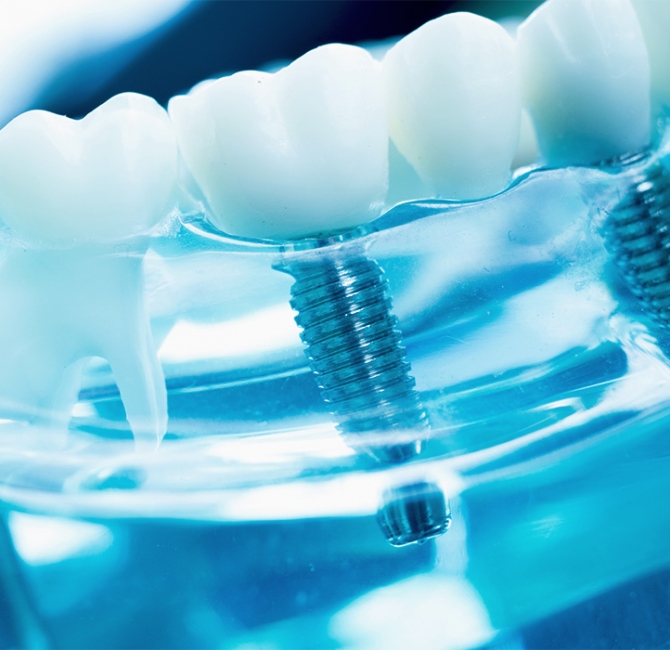Introduction
Radiographs are used to assess symptoms or screen for occult disease in asymptomatic clients. Imaging in oral health practices includes intraoral, panoramic, cephalometric, and cone-beam computed tomographic (CBCT) imaging.
When prescribing radiographs, it is essential to consider the advantages and limitations of the different imaging techniques to tailor the radiographic examination to meet the diagnostic needs of each client. While diagnostic objectives are client-specific, the principles guiding radiograph prescription remain the same. Proper application of these principles ensures the safety and efficacy of radiographic imaging. These principles include:
- Imaging will likely answer the diagnostic questions.
- Imaging techniques will minimize the client’s radiation dose and provide the necessary diagnostic information.
- Benefits from imaging significantly outweigh the estimated radiation-associated risks.
Background
An ad hoc committee established by the American Academy of Oral and Maxillofacial Radiology (AAOMR) drafted evidence-based recommendations and clinical guidance for client shielding during dentomaxillofacial imaging.
The committee reviewed monographs and reports from radiation protection organizations and studies that reported radiation doses to gonads, breasts, and thyroid glands from dentomaxillofacial imaging.
AAOMR recommendations state::
Considering the absence of radiation-induced heritable effects in humans and the negligible dose to the gonads and fetus from dentomaxillofacial imaging, the committee recommends discontinuing shielding of the gonads, pelvic structures, and fetuses during all dentomaxillofacial radiographic imaging procedures. On the basis of radiation doses from contemporaneous maxillofacial imaging, the committee considered that the risks from thyroid cancer are negligible and recommends that thyroid shielding not be used during intraoral, panoramic, cephalometric, and cone-beam computed tomographic imaging.
Practical implications
The AAOMR position statement provides information and education on evolving radiation protection practices and offers guidance for oral health professionals. Authorities should consider these recommendations to update current regulations.



